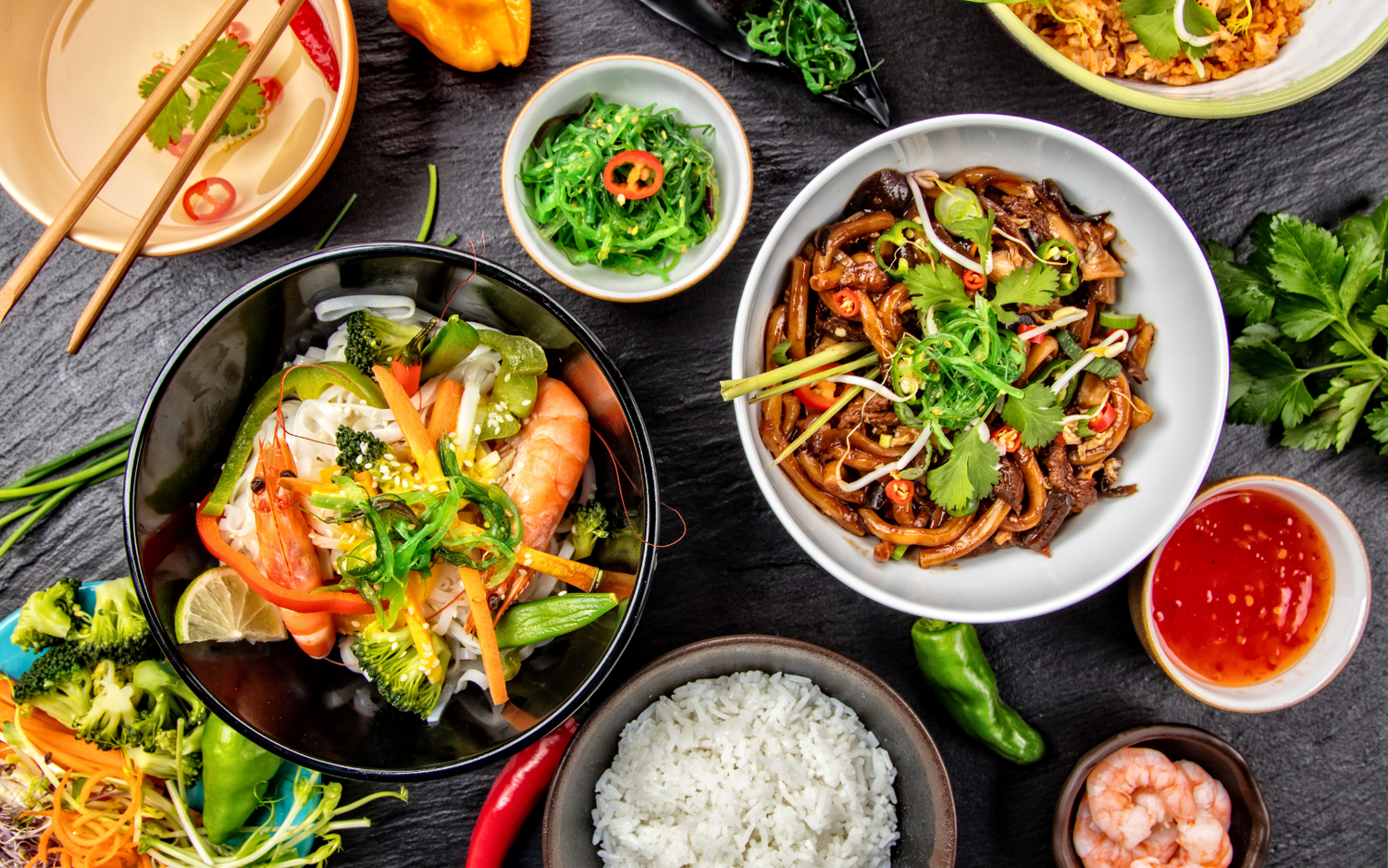
Why Some Asian Breakfasts May Be Less Healthy and How to Balance Your Choices
Why Asian Breakfast Is Often Less Healthy: A Guide to Balanced Choices
While Asian breakfasts are diverse and include many healthful options, some traditional dishes can be high in sodium, refined carbs, and unhealthy fats. Here’s a look at some common health concerns associated with Asian breakfasts and ways to balance them for a healthier start to the day.
High Sodium Content
Traditional Asian breakfasts, like Nasi lemak, Lontong, stir-fried noodles, and soy sauce-based dishes, can contain high amounts of sodium. Over time, excessive sodium intake is linked to hypertension and cardiovascular issues. For a healthier approach, try:
- Choosing low-sodium versions of ingredients when possible.
- Reducing the portion size of high-sodium foods.
Refined Carbohydrates
White rice, noodles, and white bread are staples in many Asian breakfasts, but these refined carbohydrates lack the fiber and nutrients of whole grains. Consuming refined carbs may lead to blood sugar spikes and decreased energy levels throughout the morning.
- Opt for whole grains like brown rice or whole grain bread.
- Substitute refined noodles with whole-grain alternatives when available.
High Sugar Content
Some Asian breakfast items, like kueh, fish noodles, fried kway teow, and sweet buns, are high in added sugars. Excessive sugar intake is linked to obesity, diabetes, and other health issues.
- Choose unsweetened or low-sugar versions of breakfast items when available.
- Add natural sweetness with fruits like bananas or berries instead of sugary toppings.
High Fat Content
Fried options like You Tiao (fried dough), curry puffs, roti, and toast are common in Asian breakfasts and can be high in unhealthy fats. Consuming too many fried foods may contribute to weight gain and increased cholesterol levels.
- Opt for grilled, steamed, or baked alternatives when possible.
- Use smaller portions of fried items as part of a balanced breakfast.
Limited Fiber
Asian breakfast foods are often high in refined carbs and low in fiber. Fiber is essential for digestive health, maintaining steady energy levels, and reducing the risk of chronic diseases.
- Increase fiber intake by adding fruits, vegetables, or whole grains like oats or muesli.
- Choose fiber-rich side dishes, like seaweed salad or raw vegetables, to accompany traditional breakfasts.
Balancing Asian Breakfast Options for Better Health
You don’t have to eliminate traditional Asian breakfasts entirely. Instead, try balancing them with healthier options. For example:
- Enjoy a smaller portion of roti, bun, or kueh alongside 2–3 scoops of Seitenbacher Muesli with cold yogurt or warm milk.
- Include fresh fruits or vegetables with traditional breakfast dishes to add fiber and vitamins.
Start your day with a nutritious, easy breakfast! Check out our breakfast category to shop for healthy options like Seitenbacher Muesli and Otrimix Oatmeal. Make breakfast prep easy and delicious with high-quality ingredients that support your health goals.

